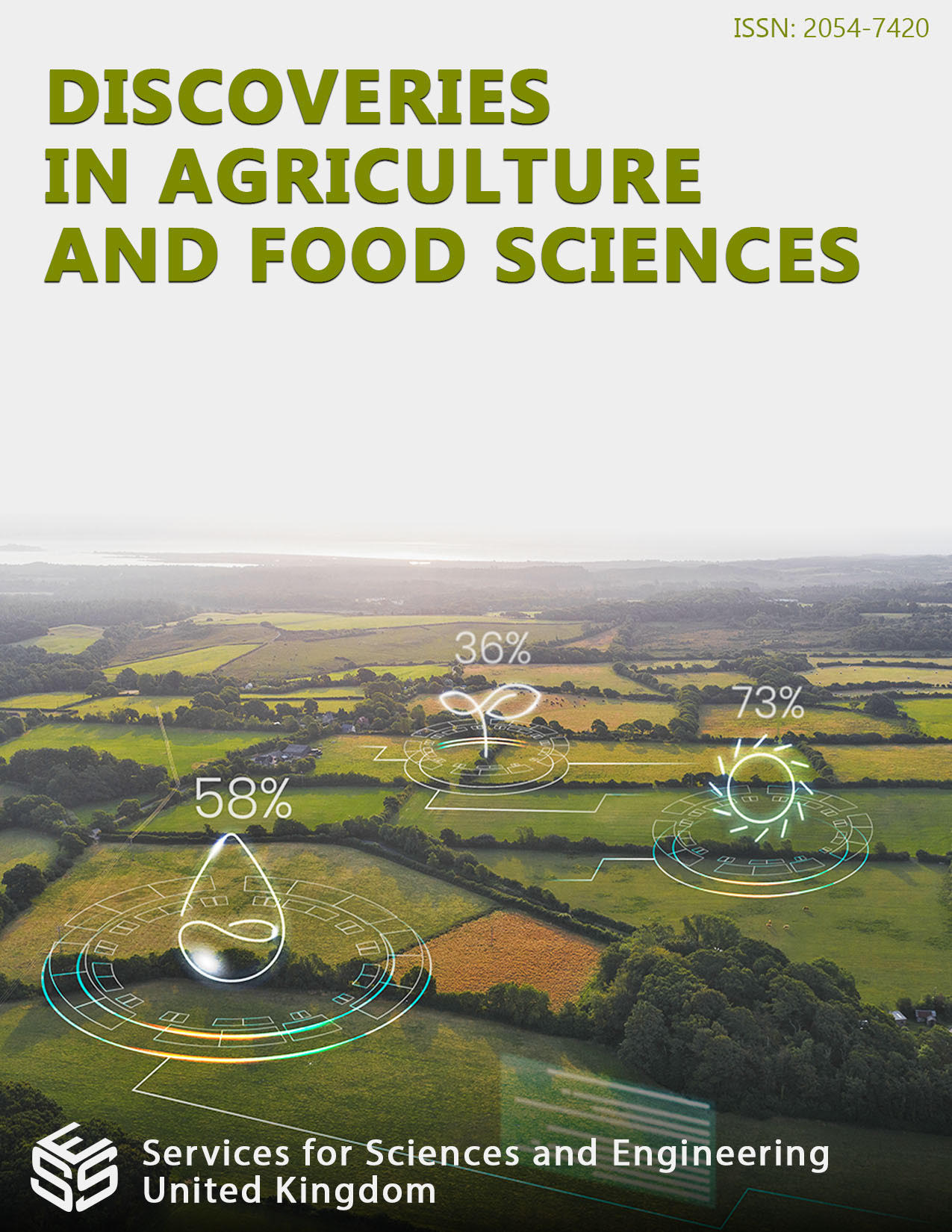Emerging Dynamics in Mkwasine Sugar Estate After the Land Reform in Zimbabwe
DOI:
https://doi.org/10.14738/tnc.103.14353Abstract
Using secondary as well as descriptive data collected from a sample of 45 farmers in Mkwasine Sugar Estate in Chiredzi District in Zimbabwe’s south eastern lowveld, this study examined the dynamics that have emerged in Mkwasine Sugar Estate in the aftermath of land reform. The estate, formerly owned by the multinational-between Tongaat Hullet Group (THG) of South Africa was compulsorily acquired for the resettlement of black farmers in an attempt to redress the colonial imbalance of land ownership between whites and blacks. The study highlights reconfigured land ownership structures, tenure regimes, tensions and conflicts between the THG and the farmers as well as amongst the farmers themselves. Findings from the study established the reconfiguration of the once centrally managed estate into individually run farms of 10-20 hectares by over 400 black sugarcane farmers. The study recommends the resolution of contestations by all the stakeholders for the sustenance of the sugar industry
Downloads
Published
How to Cite
Issue
Section
License
Copyright (c) 2023 Francis Muromo, Paramu Mafongoya

This work is licensed under a Creative Commons Attribution 4.0 International License.






